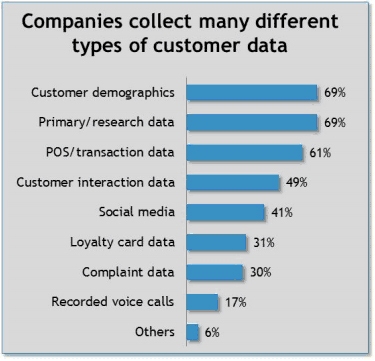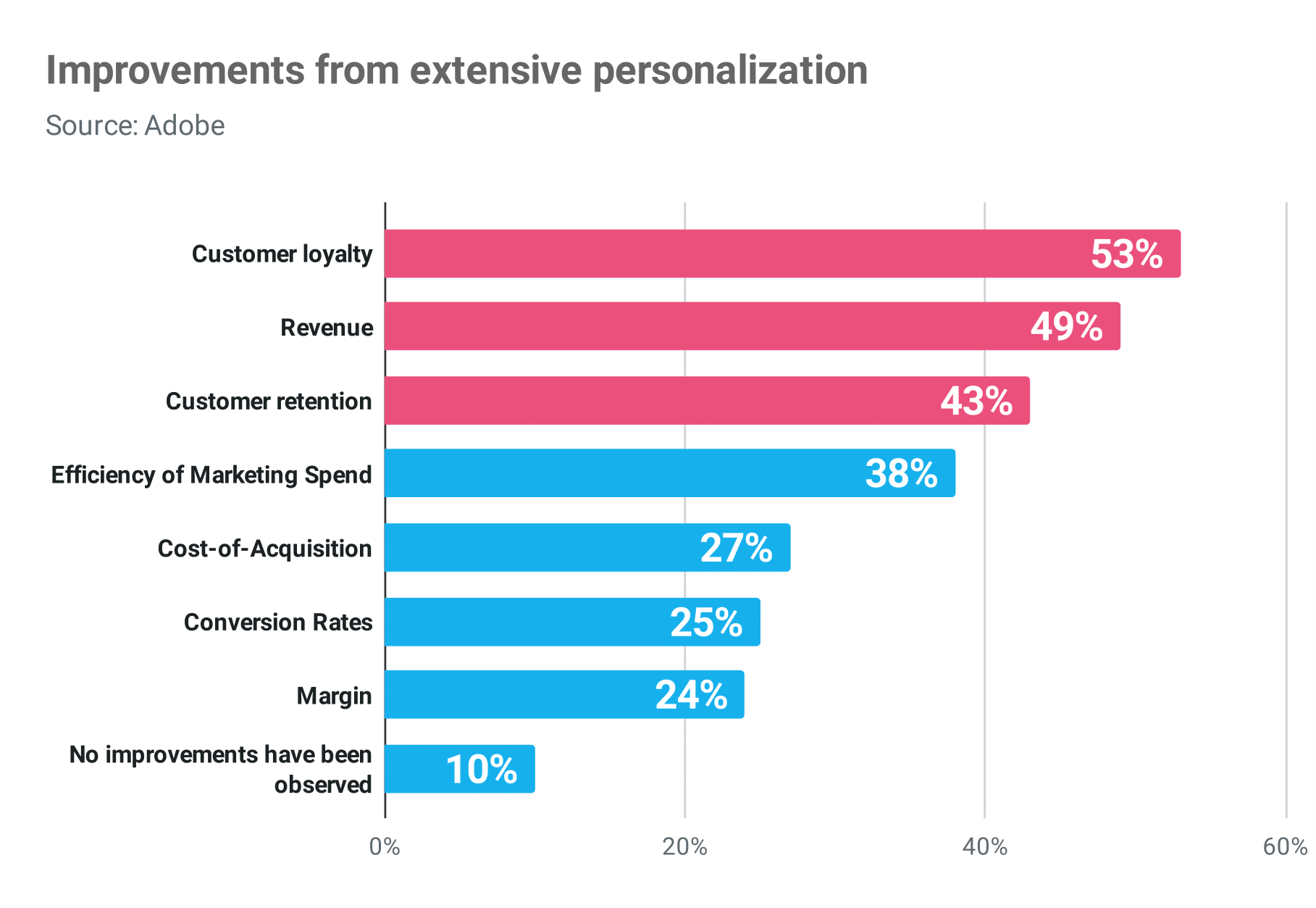10 ways to collect customer data for your e-commerce site

Ever wonder how you can make your online store even better? The answer might be simpler than you think: it's all about understanding your customers. By collecting customer data, you can learn exactly what your shoppers like and need. Here are some simple steps to start collecting and using customer data.
What data should you collect to understand your customer?
When you own an e-commerce store, you can learn a lot from the information your customers give you. But not all information is equally useful. It's important to focus on the details that can really help you improve your store.
Most online shops collect basic information like:
- Name
- Age
- Address
- Email address
- Preferences
- Shopping behaviors

Source: www.alteryx.com
There are two types of data you should be concerned with collecting; qualitative data and quantitativedata. Qualitative data is descriptive and comes from sources such as customer reviews.
Quantitative data is largely numeric, and therefore more easily measurable. It can include things like bounce rates and customer retention rates. It can be easily stored and analyzed using a variety of tools.
Why should you collect customer data for your e-commerce success?
Just like collecting data tells you more about your audience, here are a few more noteworthy reasons why you should do it.
1. Gain a deeper understanding of your customers
Imagine you can peek into customers’ minds, understanding exactly what they want and when they want it. From their purchase history and browsing patterns, you get a clearer picture of their preferences.
2. Provide a personalized shopping experience
Ever felt truly understood by a brand – where every offer and suggestion seemed tailored for you? That’s how personal experiences are created through data. When you know your customer, you can present products that resonate deeply with them. It’s like greeting an old friend with their favorite coffee; they feel valued and are more likely to return.
3. Identify and resolve operational challenges
Every business has areas where things aren’t running as smoothly as they could be. Data acts like a flashlight, highlighting these areas so you can make informed decisions. This might mean the process is too complicated and needs to be easier. By figuring out these issues, you can make your operations smoother and create a better shopping experience.
4. Enhance customer retention and increase loyalty
With the many choices today, how do you keep your customers coming back? When customers feel that a brand truly knows them and cares about their needs, loyalty follows. Data-driven insights allow you to craft offers and experiences that work every time.
How to Collect Customer Data?
1. Track how visitors interact with your website
You can look at what directed the customer to your store. Did they click through from a paid banner ad? Did they follow a link from a social media post about a specific product? Looking at this data can help you see which advertising strategies are working and which aren’t, allowing you to better determine the return on investment of your marketing.
2. Use surveys to directly gather customer insights
Surveys are a direct method to collect specific data from your customers about their needs and experiences. By integrating surveys at various points such as after a purchase or during site visits, you can gather insights that help personalize your offerings and enhance customer satisfaction.

3. Encourage customer registrations and sign-ups
Getting customers to register on your site or sign up for newsletters can provide a wealth of data. When a new visitor registers and indicates a preference for vegan products in their profile, you can immediately start sending personalized recommendations and promotions for vegan items, enhancing their shopping experience.
4. Analyse customer behaviour through their account activities
Monitor the activities of customers who have accounts or are part of loyalty programs and gain valuable insights into their buying habits and preferences. Activities like products they view and purchase most frequently, how often they return items, and their response to various promotions. This helps in creating more effective marketing strategies and improving product offerings.
5. Monitor social media interactions
Social media platforms are a goldmine for customer data. Track which posts are most engaging, understand the demographics of your followers, and use this data to refine your content strategy and product offerings.
6. Study cart abandonment to understand purchasing barriers
Analyzing cases where customers add high-ticket items to their cart but exit without purchasing can reveal price sensitivity issues. Offering targeted discounts or payment plans might reduce cart abandonment rates in such scenarios.
7. Utilize marketing analytics to measure engagement
Assessing how customers respond to your marketing campaigns through email open rates, click-through rates, and interaction with digital ads can guide your future marketing strategies and help improve their effectiveness.

8. Collect transactional data to enhance product and service offerings
By analyzing purchase patterns, you might notice that customers often buy phone cases immediately after purchasing smartphones. Analyze what products are bought together, which are returned, and customer feedback to fine-tune your inventory and offerings.
9. Promote transparency and security in data collection
Being clear about how you collect and use customer data builds trust. Ensure that your data policies are accessible and reassure customers of their data's security through practices like using SSL certificates and encrypted processes.
10. Offer incentives for data sharing
If you give a coupon to a customer who fills out a survey, they're more likely to share their information and come back to buy again. This simple reward helps you collect useful data and keeps customers returning, boosting loyalty.
Start Collecting Customer Data Today!
Now that you understand the various ways to gather customer data and its vital role in enhancing your e-commerce business, it's time to put this knowledge into action. Focus on collecting the most relevant data from diverse sources - your website, social media, and beyond. Always handle this information with care to maintain customer trust and reward their participation. By analyzing and applying these insights, you'll soon see significant improvements in your business performance.
The Power of ccTLDs in Local and Regional Branding
13 popular domain extensions for tech businesses
Related articles:
